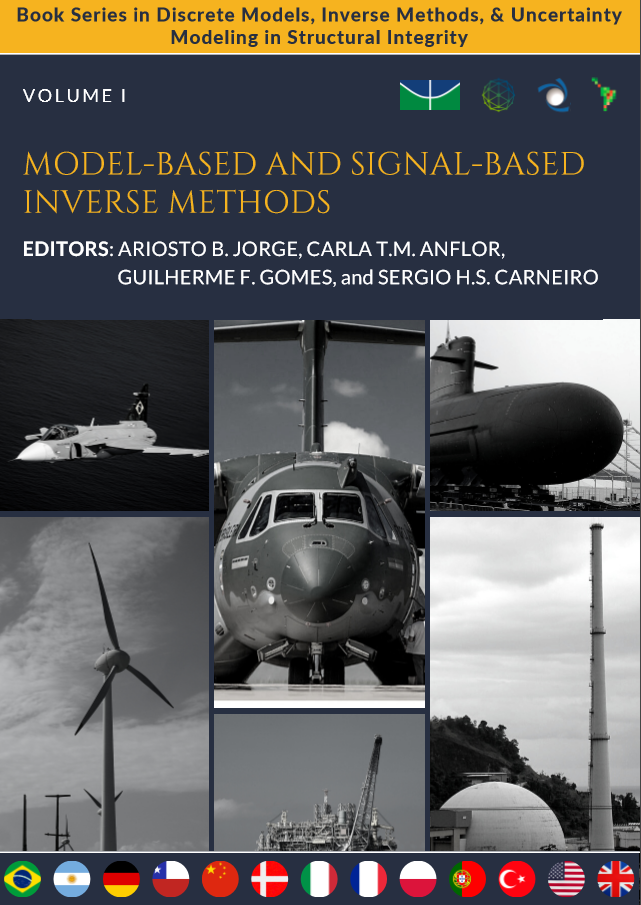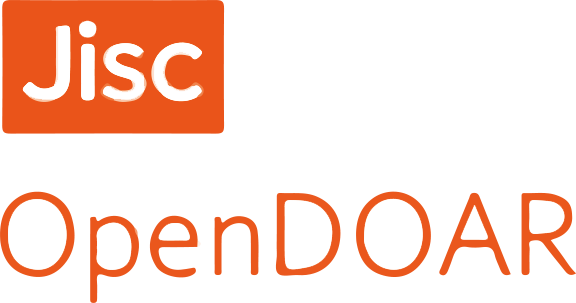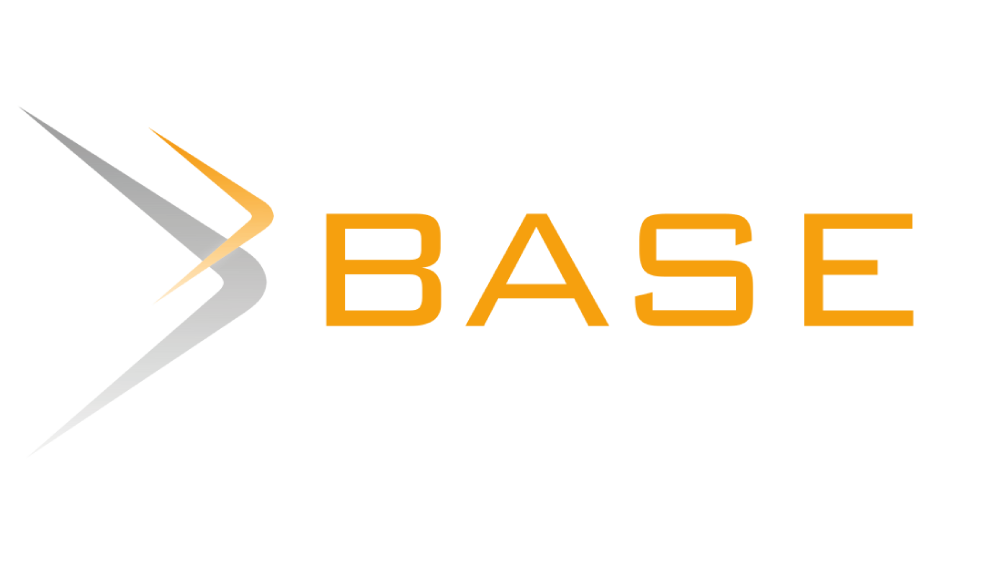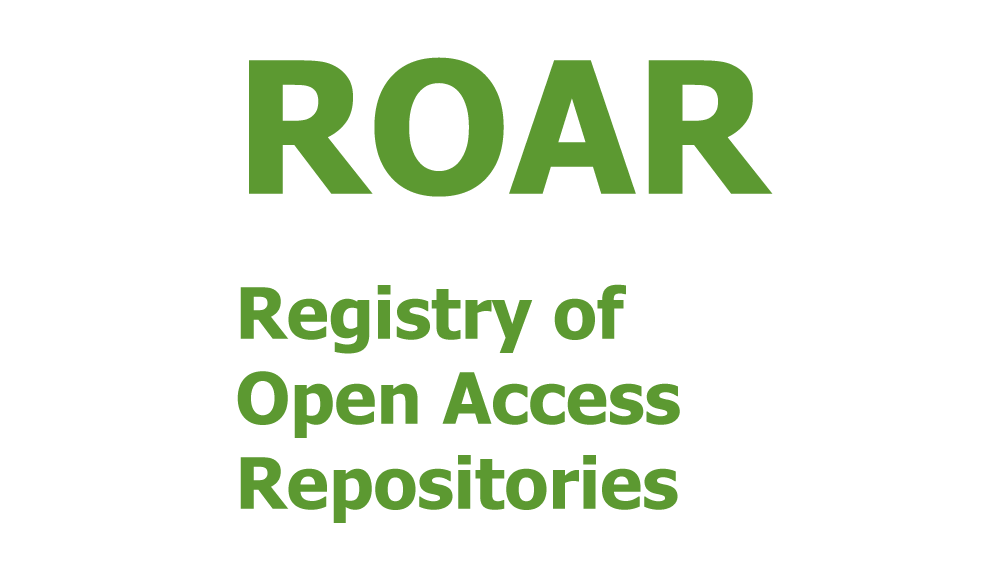Model-based and Signal-Based Inverse Methods
Palavras-chave:
Engenharia de materiais, Métodos, ModelosSinopse
This book series is an initiative of the Post Graduate Program in Integrity of Engineering Materials from UnB, organized as a collaborative work involving researchers, engineers, scholars, from several institutions, universities, industry, recognized both nationally and internationally. The book chapters discuss several direct methods, inverse methods and uncertainty models available for model-based and signal based inverse problems, including discrete numerical methods for continuum mechanics (Finite Element Method, Boundary Element Method, Mesh-Free Method, Wavelet Method). The different topics covered include aspects related to multiscale modeling, multiphysics modeling, inverse methods (Optimization, Identification, Artificial Intelligence and Data Science), Uncertainty Modeling (Probabilistic Methods, Uncertainty Quantification, Risk & Reliability), Model Validation and Verification. Each book includes an initial chapter with a presentation of the book chapters included in the volume, and their connection and relationship with regard to the whole setting of methods and models.
Capítulos
-
Chapter 1. Introduction to Optimization and Identification Techniques for Model-Based and Signal-Based Inverse Problems
-
Chapter 2. Overview of Some Optimization and Identification Techniques for Inverse Problems of Detection, Localization and Parameter Estimation
-
Chapter 3: An overview of Linear and Non-linear Programming methods for Structural Optimization
-
Chapter 4: Overview of Traditional and Recent Heuristic Optimization Methods
-
Chapter 5: Application of Machine Learning and Multi-Disciplinary/MultiObjective Optimization Techniques for Conceptual Aircraft Design
-
Chapter 6: On a Bio-Inspired Method for Topology Optimization via Map L-Systems and Fractone Modeling
-
Chapter 7: Fundamentals on the Topological Derivative concept and its classical applications
-
Chapter 8: Ultrasound Obstacle Identification using the Boundary Element and Topological Derivative Methods
-
Chapter 9: Fundamental Concepts on Wavelet Transforms
-
Chapter 10: Application of Wavelet Transforms to Structural Damage Monitoring and Detection
-
Chapter 11: Inverse Methods using KF, EKF, EIF, PF, and LS Techniques for Detection, Localization, and Parameter Estimation
-
Chapter 12: Fundamental Concepts for Impedance-based Structural Health Monitoring
-
Chapter 13: Fundamental Concepts for Guided Lamb Wave-based Structural Health MonitoringDOI: https://doi.org/10.4322/978-65-86503-71-5.c13
-
Chapter 14: Machine Learning and Pattern Recognition: Methods and Applications for Integrity Monitoring of Civil Engineering Structures
Downloads

Downloads
Publicado
Licença

Este trabalho está licenciado sob uma licença Creative Commons Attribution-NonCommercial-NoDerivatives 4.0 International License.



